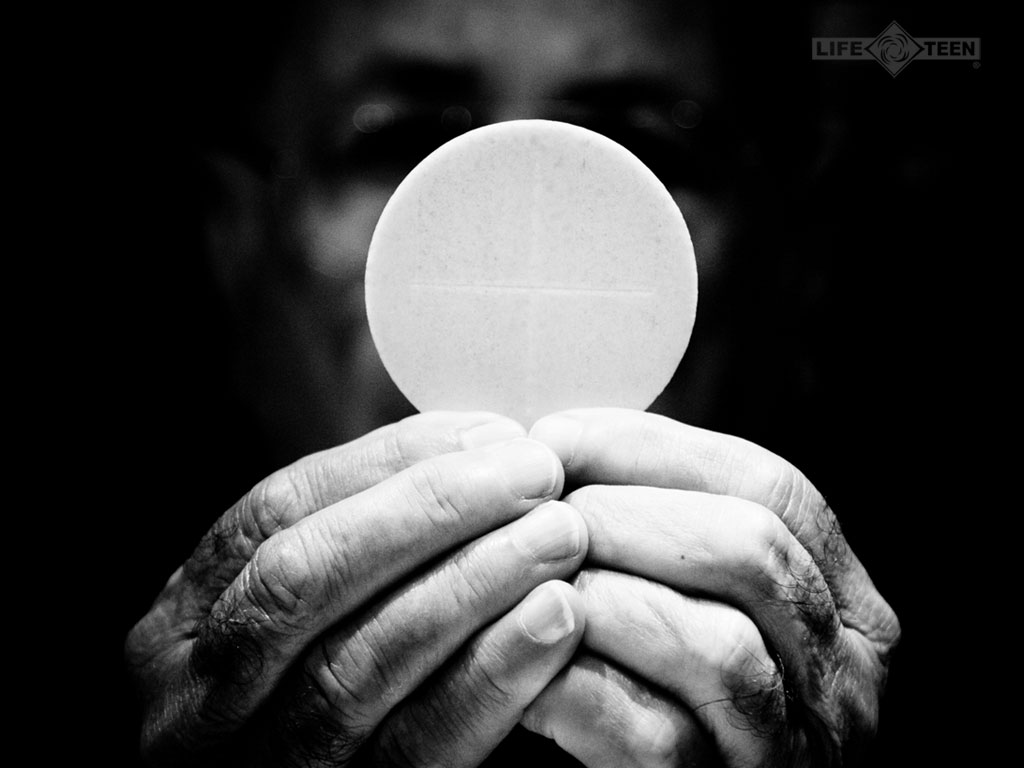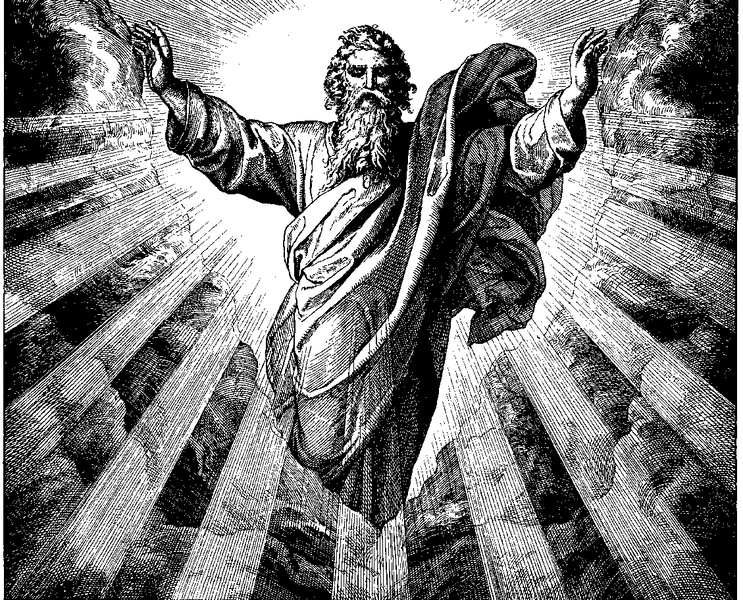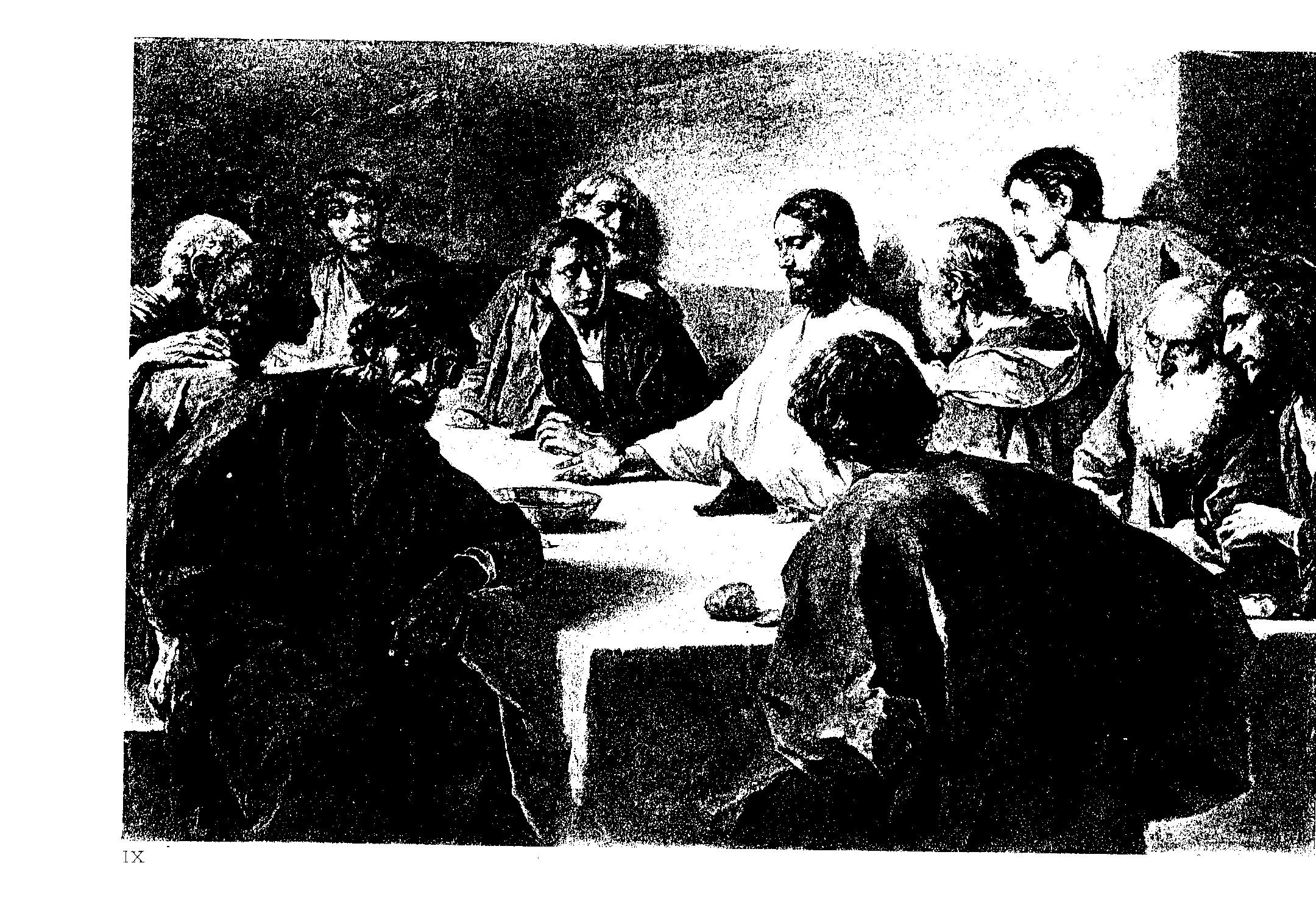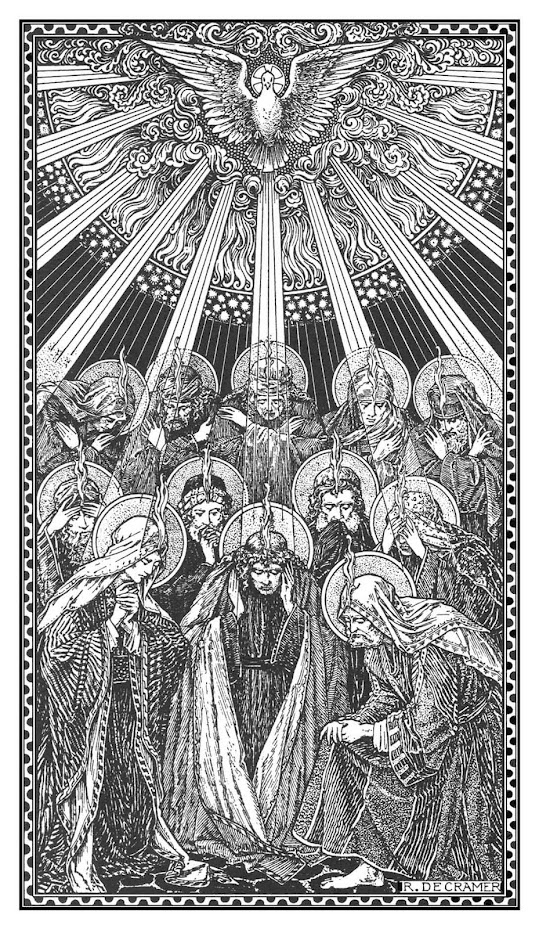
Last month, at the Ecclesia National Gathering, I had the privilege and honor to preside over communion for the whole group. I led through the time as we usually do here at Life on the Vine, but many people not from a more liturgical background asked about the prayer leading into the Table. Many commented on how they really “liked how I re-told the story of salvation” leading into communion.
So I want to explain a little bit of the Eucharistic Prayer (of “Great Thanksgiving”) that I used.
The History
The idea of the Eucharistic prayer (and remember, “Eucharist” means “thanksgiving” which indicate that Communion or the Lord’s Table is meant to be a celebration of God’s great gift in Christ, not merely a somber remembrance), the idea is that as Jesus said “Do this in remembrance of me” that the this didn’t just mean the taking of the cup and bread, but the whole process of giving thanks to God during the mealtime prayer.
Following Deut. 8: 10 (“When you have eaten and are satisfied, praise the Lord your God for the good land he has given you.”), at every meal a devout Jew would thank God the creator for the gift of land which was a promise of the covenant. They would affirm God as the creator of all things who has covenanted especially with Israel by giving the land, and the fruits of this land now eaten come from the promises of God and therefore call for thanksgiving. But now for Christians, in Christ, the Creator God has covenanted with all people and the entire world becomes the land of blessing.
Do “to this in remembrance of me” is to pray a prayer similar to Jesus’ when he prayed over the cup and the bread during the Last Supper, a prayer assumed by all those familiar with Jewish practice and not mentioned in the Gospel texts for that reason (although the very early Didache indicates such a prayer).
This prayer of thanksgiving to God becomes the first part of the “Eucharistic Prayer”, with the second part being the words of institution (action of the Son) and the third part being the epiclesis (action of the Spirit), making this prayer Trinitarian in structure.
The Structure
So basically there are three parts corresponding to the Father, Son, and Holy Spirit.

Part One: Thanks to the Father
The prayer begins with thanking/praising the Father for all of creation. But creation is corrupted, but because God hasn’t abandoned creation, we thank the Father for the promise of salvation. This can take many forms from the promise in the garden, to the calling of Abraham, the people of Israel, etc. But whatever is said this first section ends with thanking God for sending the Son (Gal. 4:4 “But when the fullness of time had come, God sent his Son, born of a woman, born under the law”).
This is where “telling the story of salvation” comes in, and depending on the liturgical calendar and the sermon you can emphasize different elements. See the Book of Common Worship, beginning on page 126 for several different types of prayer to inspire you.
As a way of tying together the cosmic and eternal significance of such a salvation in Christ, this section is often concluded with the Sanctus from Is. 6:3 (Rev. 4:8): “Holy, holy, holy is the Lord of hosts; the whole earth is full of his glory.”
Example (I usually do this extemporaneously):
From Book of Common Worship, Prayer D
Let us give thanks to the Lord our God.
It is right to give our thanks and praise.
It is indeed right, our duty and highest joy,
that we should at all times and in all places
give thanks to you, O holy Lord,
Father almighty, everlasting God.
You created the heavens and the earth
and all that is in them.
You made us in your own image;
and in countless ways you show us your mercy.
We praise you for Jesus Christ,
who was tempted in every way we are, yet without sin,
and who, having overcome temptation,
is able to help us in our times of trial,
and to give us strength to take up the cross and follow him
Therefore with angels and archangels
and the whole company of heaven,
we worship and adore your glorious name,
praising you forevermore:
Holy, holy, holy Lord, God of power and might,
heaven and earth are full of your glory.

Part Two: Thanks to the Son
The second part focuses on the words of Jesus in commanding us to repeat his Last Supper, and is often called the words of institution. The purpose is to remind us that this is what Jesus commanded us to do. For many traditions it is these words that make Communion be Communion, the Eucharist a Eucharist.
It must be remember that these words are still part of the prayer (we are not just teach the congregation about what we are doing). We are still thanking the Father for the gift of the Son and for the Son’s sacrifice.
Example (I usually do this word for word, as best I can):
From Book of Common Worship, Prayer D
We give you thanks that the Lord Jesus,
on the night before he died,
took bread,
and after giving thanks to you,
he broke it, and gave it to his disciples, saying:
Take, eat.
This is my body, given for you.
Do this in remembrance of me.
In the same way he took the cup, saying:
This cup is the new covenant sealed in my blood,
shed for you for the forgiveness of sins.
Whenever you drink it,
do this in remembrance of me.
Part Three: Petition to/for the Holy Spirit

The last part is a petition to the Father that the Holy Spirit would come for otherwise all is in vain. It is the work of the Spirit to that makes us into the Body of Christ. Without the Spirit we would not have life. It is prayed that the Holy Spirit would take the bread and the cup and make them into the Body and Blood of Christ so that we (the Church) would be make into the Body of Christ.
Sometimes it is thought that the main purpose of the Holy Spirit is to miraculously change the bread and wine. But really, the whole point is that WE would be change!
Example (usually word for word):
From Book of Common Worship, Prayer D
Merciful God,
by your Holy Spirit bless and make holy
both us and these your gifts of bread and wine,
that the bread we break
may be a communion in the body of Christ,
and the cup we bless may
be a communion in the blood of Christ.
Now, I have left stuff out (the Acclamation and other parts), but this is roughly what we do at Life on the Vine and why we do it.
Summary
So basically we give thanks for the gift of God three times:
We thank the Father for the Son.
We thank the Son for his sacrifice.
We thank the Father for the gift of the Spirit.
In the first we thank the Father for the historical body of Christ.
In the second we thank the Son for the gift of his sacramental body of Christ.
In the third we thank the Holy Spirit for the gift of the ecclesial body Christ.

